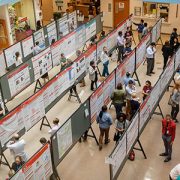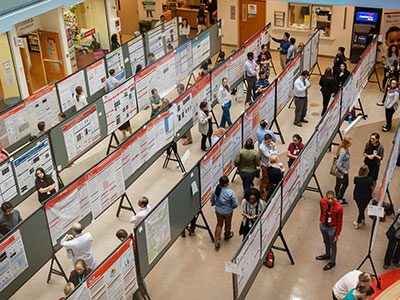IV acetaminophen administration reduces duration of opioid use

The study led by Children’s National Hospital experts further suggested that administering IV acetaminophen prior to IV opioid should be considered earlier in multimodal pain regimens because it may reduce the overall use of IV opioids.
A new study published in JAMA Network Open used a diverse, national pediatric inpatient sample, which showed that intravenous (IV) acetaminophen can effectively reduce IV opioid requirements by 15.5% compared to IV opioids use alone. The study led by Children’s National Hospital experts further suggested that administering IV acetaminophen prior to IV opioid should be considered earlier in multimodal pain regimens because it may reduce the overall use of IV opioids.
“The information shared through this research study has the potential to reduce inpatient pediatric IV opioid utilization and therefore reduce opioid related complications such as addiction, withdrawal, respiratory depression and delayed gut motility,” said Anita Patel, M.D., critical care specialist at Children’s National.
The multidisciplinary team of clinicians, data scientists and statisticians came together under the overall guidance of Murray Pollack, M.D., M.B.A., professor of pediatrics at Children’s National and senior author, coupled with the unique access to the Health Facts database that made this study possible. This is the first assessment of the opioid sparing association of IV acetaminophen in a general, real-world pediatric inpatient population.
“This study will help us reduce the hospital use of opioids in infants, children and adolescents,” said Dr. Pollack. “Reducing opioid use is especially important for patients needing prolonged pain relief and will help care-givers minimize the risks of opioids including addiction and withdrawal.”
Non-opioid analgesic medications have yet to be effectively adopted with the goal of minimizing opioid medications to hospitalized pediatric inpatients. Studies with a sufficient sample size have also been difficult to perform in pediatrics to study non-opioid medications on a large scale until now.
“This work was a necessary first step in what I plan on being my lifelong goal of optimizing pediatric pain while minimizing the adverse effects related to many opioid derived pain medications,” said Dr. Patel.
Patel et al. performed a comparative effectiveness research of data collected from 274 U.S. hospitals between January 2011 and June 2016 with 893,293 hospitalized children who received IV acetaminophen prior to IV opioids. These were associated with a significant 15.5% reduction in total IV opioid duration when compared to patients who received IV opioids alone.
Patel plans on applying the skills and knowledge gained through this research to address how we can minimize the opioid related side effect of Iatrogenic withdrawal in critically ill children.







